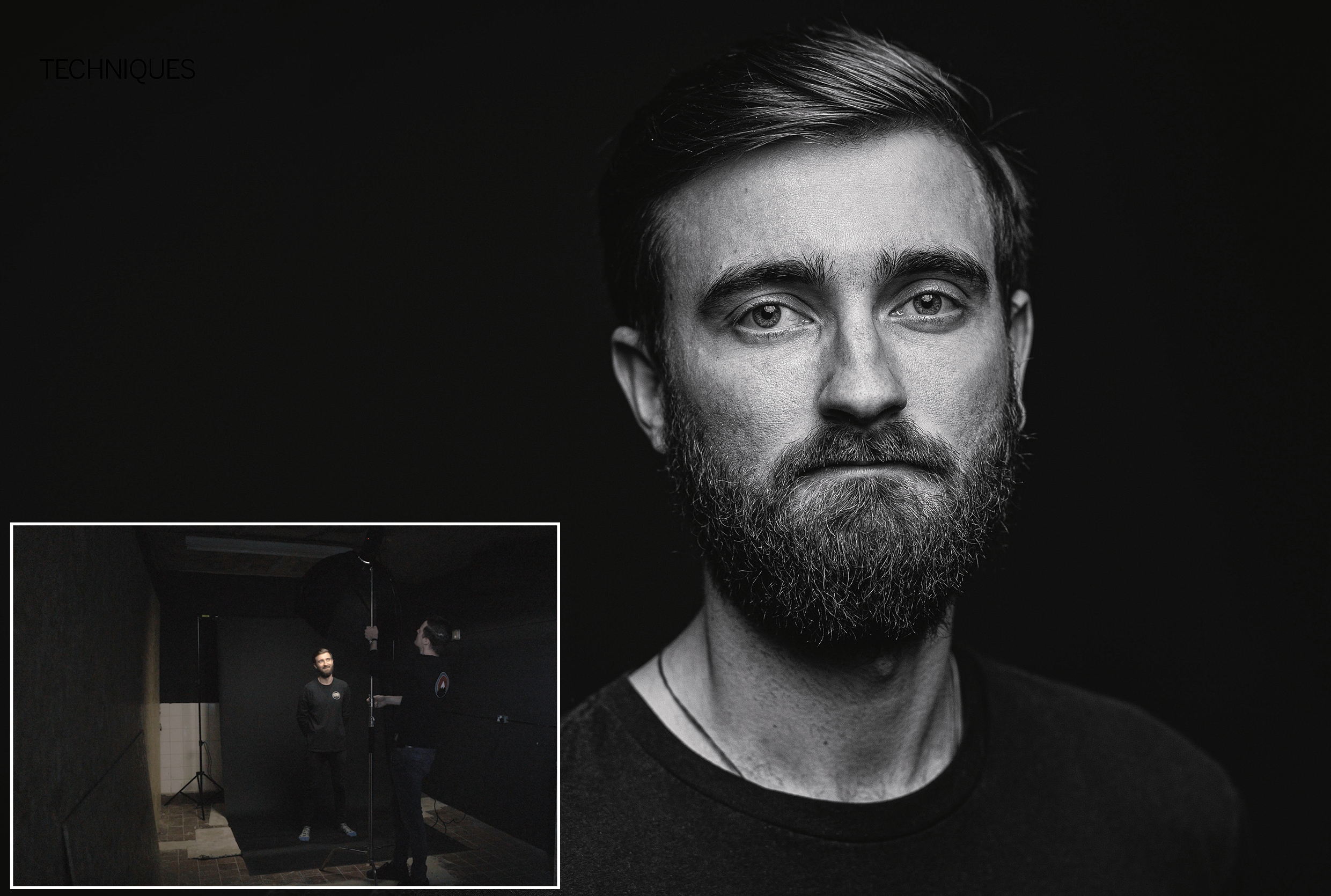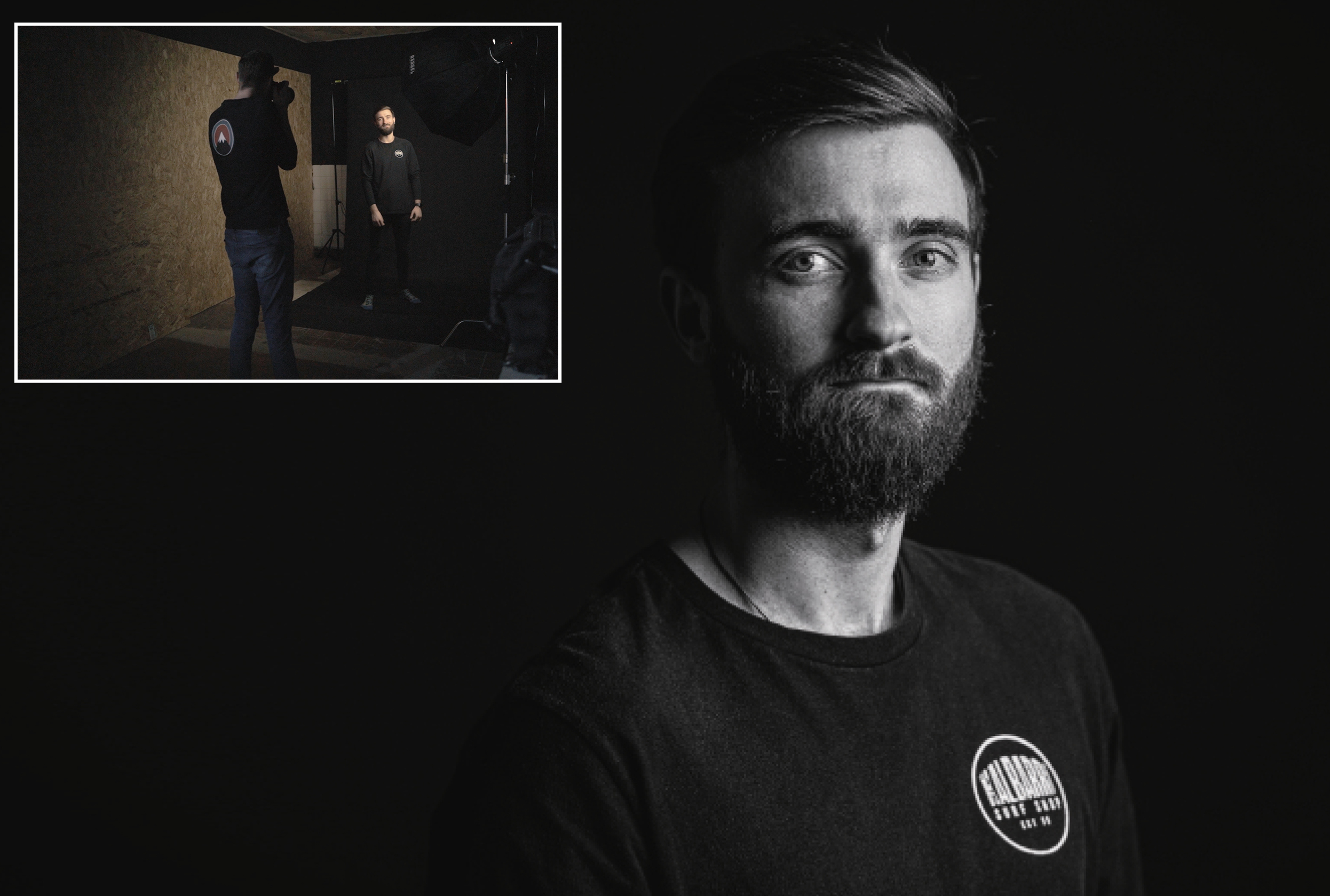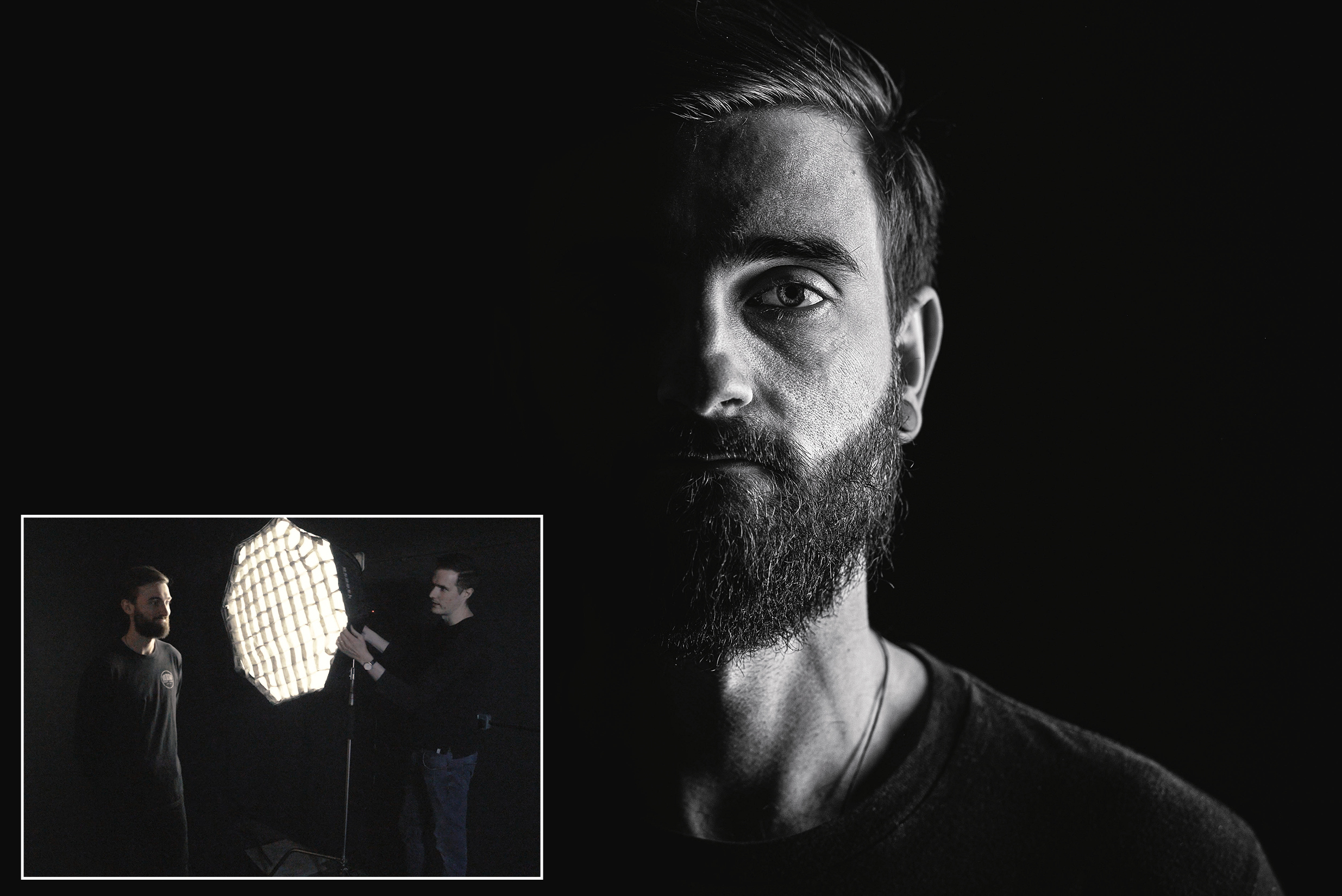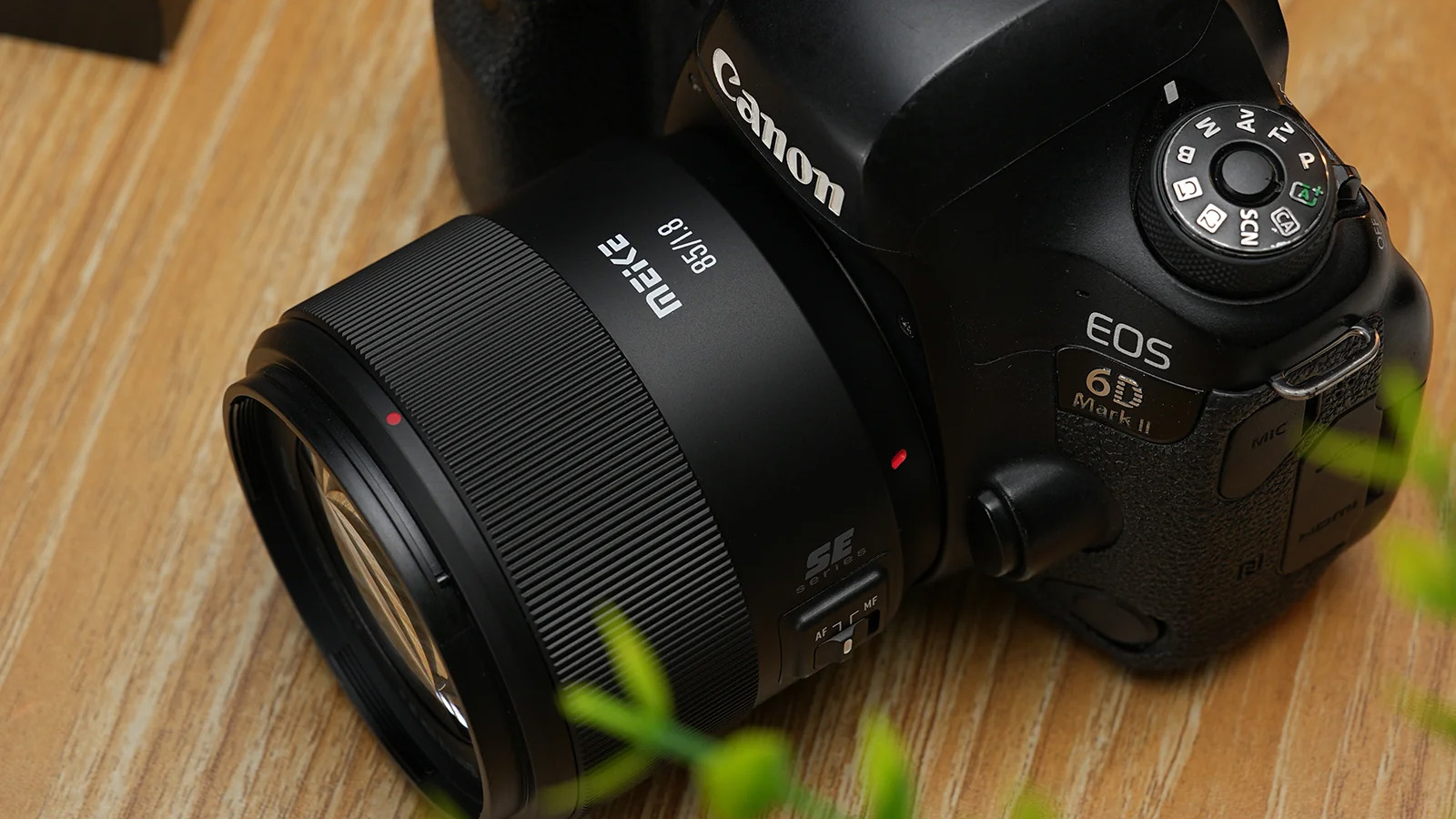Get stunning portraits with just one light
In this series, Tom Calton brings you his favourite portrait techniques with practical steps to try now at home
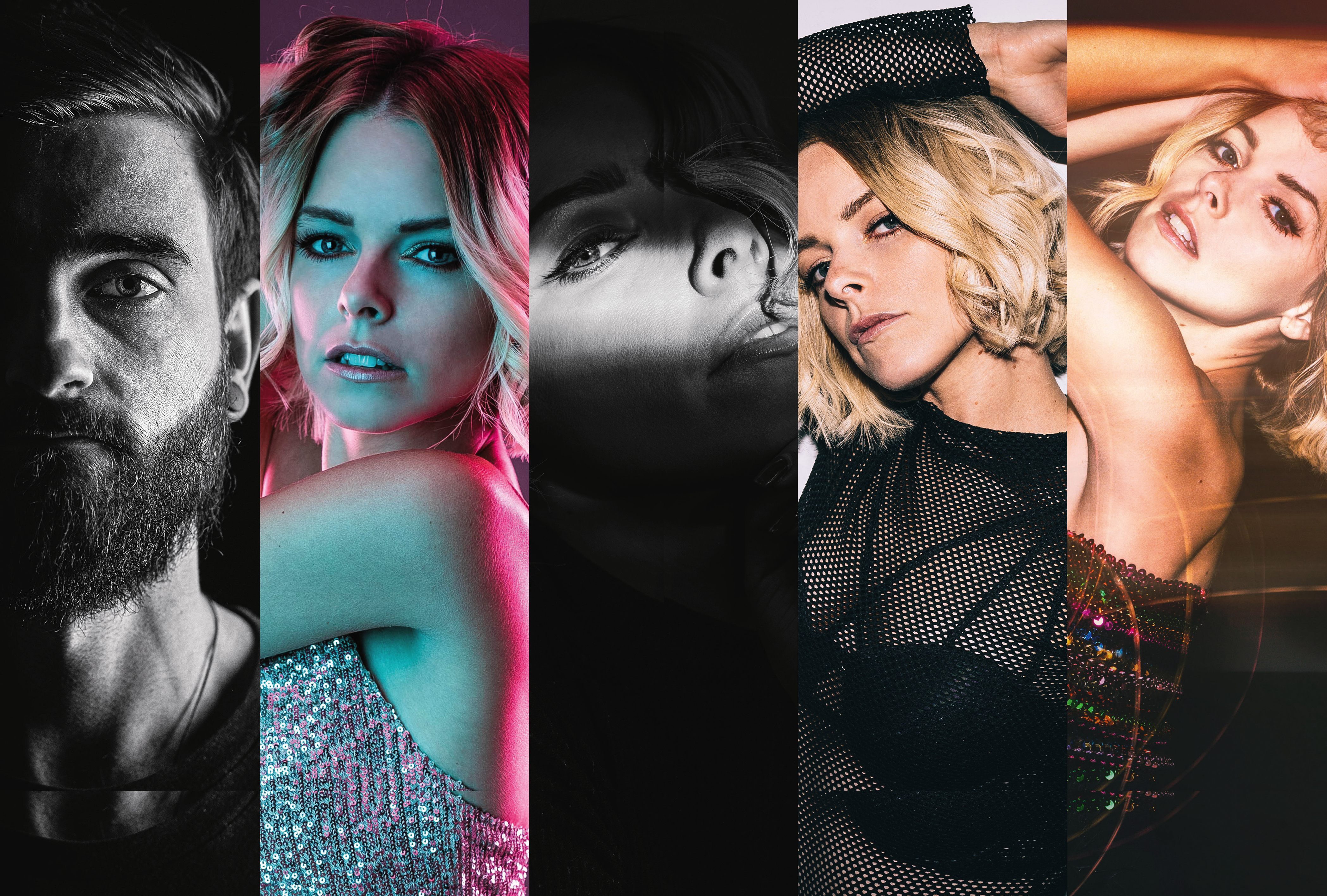
Portrait photography hasn't been easy for most of this year. Lockdowns and restrictions on meeting others outside of your bubble can make it tricky to find suitable subjects to shoot.
However, here's five portrait ideas from pro photographer Tom Calton that you can easily try out for yourself within the comfort and warmth of your own home. All you need to follow along is your camera and a simple off-camera flash setup.
“But who will I photograph?” I hear you ask. These techniques are so simple that you don’t need the help of a professional model to capture great-looking results. Your roommates, parents, children, wife, husband, partner – anyone who is currently living with you is the perfect subject for you to shoot.
And if you can’t convince anyone to get in front of the camera, or live alone, then there’s always yourself! Simply set up your camera on a tripod and use the self-timer setting (or a shutter-release cable) to snap stunning self-portraits.
One-light male portraits
Keep it nice and simple with these beginner-friendly one-light setups. Aside from your camera and flash, you’ll need a wireless trigger to link your camera to your flash, so that when you press the shutter button everything fires together.
Some flashguns are able to connect without any additional equipment, so always check your user manual first. Once you’re connected, you’ll also need a light stand to hold your flash in place.
Using a light modifier isn't necessary for these setups, but using some sort of softbox or beauty dish will help to diffuse (soften) the light created by your flash for a much more flattering result.
The best camera deals, reviews, product advice, and unmissable photography news, direct to your inbox!
1. Butterfly lighting
So-called because of the butterfly-shaped shadow that it creates under the model’s nose, for this setup you’ll need to position the light directly in front and raised above your model, angling the light downwards onto their face. The result is an even light that’s suitable for any subject.
2. Loop lighting
For this setup the flash is raised above the model, with the flash head pointing down onto their face. The light should then be positioned 45 degrees to either side of them, causing the far side of their face to fall into shadow for a more moody look.
3. Split lighting
This setup effectively splits the model’s face into two distinctive areas of light and shadow. Start by placing the light 90 degrees from your model, and raise it up so that the light is flat on and only illuminating one side of the face.
Read more:
Best studio lighting kits
Best 85mm lenses for portraits
Portrait photographers to follow this year
Home photography ideas
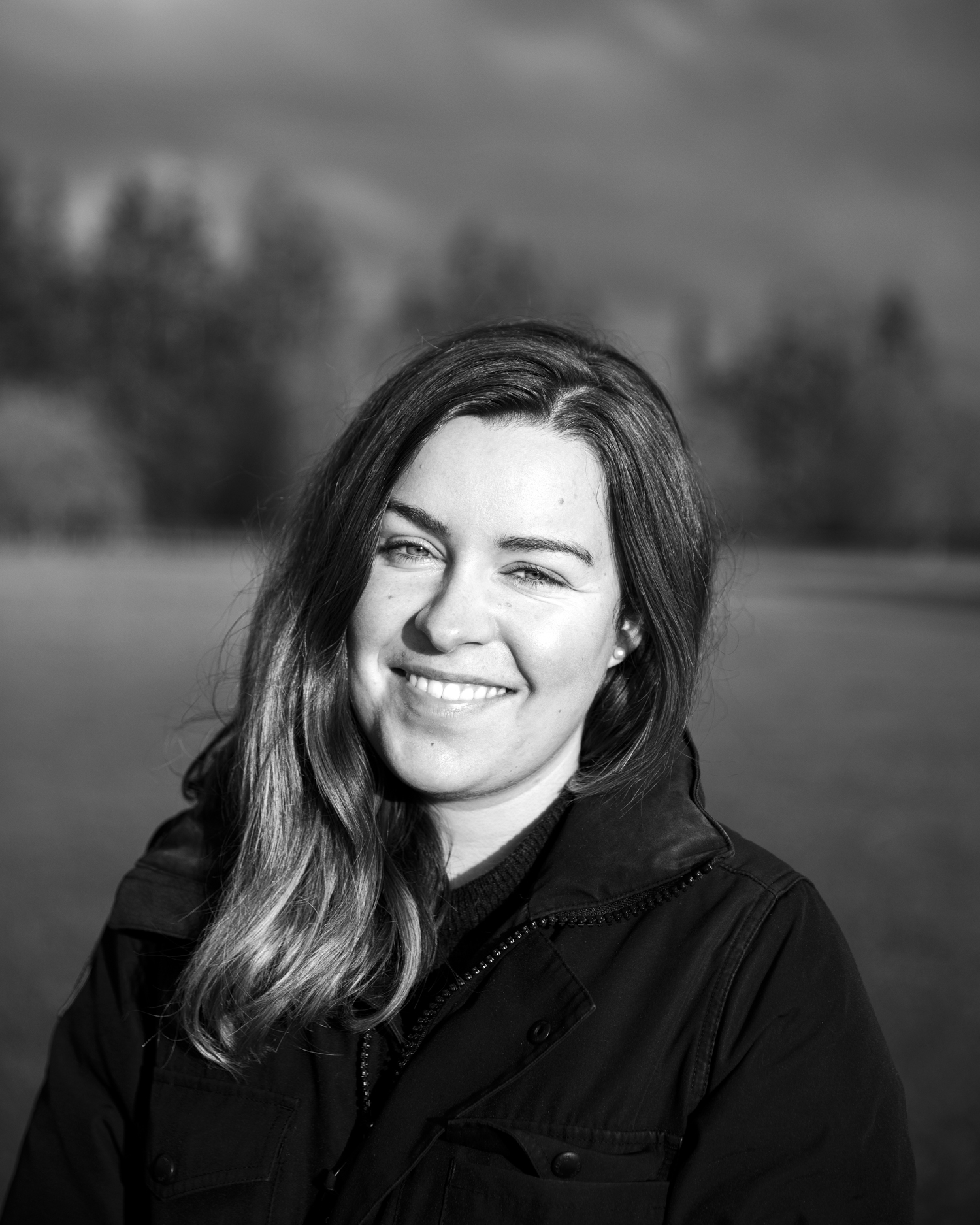
Lauren is a writer, reviewer, and photographer with ten years of experience in the camera industry. She's the former Managing Editor of Digital Camera World, and previously served as Editor of Digital Photographer magazine, Technique editor for PhotoPlus: The Canon Magazine, and Deputy Editor of our sister publication, Digital Camera Magazine. An experienced journalist and freelance photographer, Lauren also has bylines at Tech Radar, Space.com, Canon Europe, PCGamesN, T3, Stuff, and British Airways' in-flight magazine. When she's not testing gear for DCW, she's probably in the kitchen testing yet another new curry recipe or walking in the Cotswolds with her Flat-coated Retriever.
